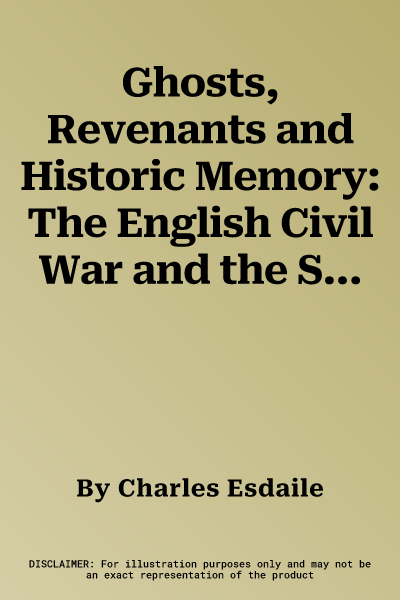Open any anthology of English ghost stories, and it will be discovered
that the period of Charles I and Oliver Cromwell is replete with tales
of all sorts pertaining to that era, so much so, indeed, that the only
spectres that come up more frequently than Cavaliers are monks and the
host of white, grey, blue, green and scarlet white ladies.
As a source for the mid-Stuart period, for reasons that are obvious
enough, these stories, of which there are at least 100, have gone
unnoticed: after all, it can be assumed that many are extremely garbled,
if not fabricated altogether, while even those that possess a degree of
plausibility can rarely be tested against the reality. As Ghosts,
Revenants and Historic Memory demonstrates, however, this lack of
interest represents a missed opportunity of considerable dimensions. If
by no means as terrible as their contemporary, the Thirty Years' War,
the fighting that tore England apart between 1642 and 1651, has left an
indelible imprint on her history. This has chiefly been remembered in
terms of part of the long march to democracy and social and religious
freedom, but for the bulk of the population at the time the reality was
one that was very different, namely long periods of disease, privation
and want interspersed with more-or-less brief episodes of terror and,
indeed, horror. Not surprisingly, then, what stuck in the popular mind
was not, say, the ideas of the Levellers, but, rather mutilated bodies,
burning buildings and the bullying behaviour of much of the soldiery,
not to mention a sense that society was literally falling apart. So
traumatic was the experience that over the years it became ever more
deeply embedded in England's rich tradition of ghost stories. It is the
aim of this book to analyse how this process came about and at the same
time to examine what such tales reveal about the workings of historic
memory. In approaching this task, the book adopts a 'case-study'
approach whereby the ghost stories emanating from different regions of
the country will be mapped onto the military chronology, thereby
affording them the crucial historic context in which they have hitherto
so often been lacking.

